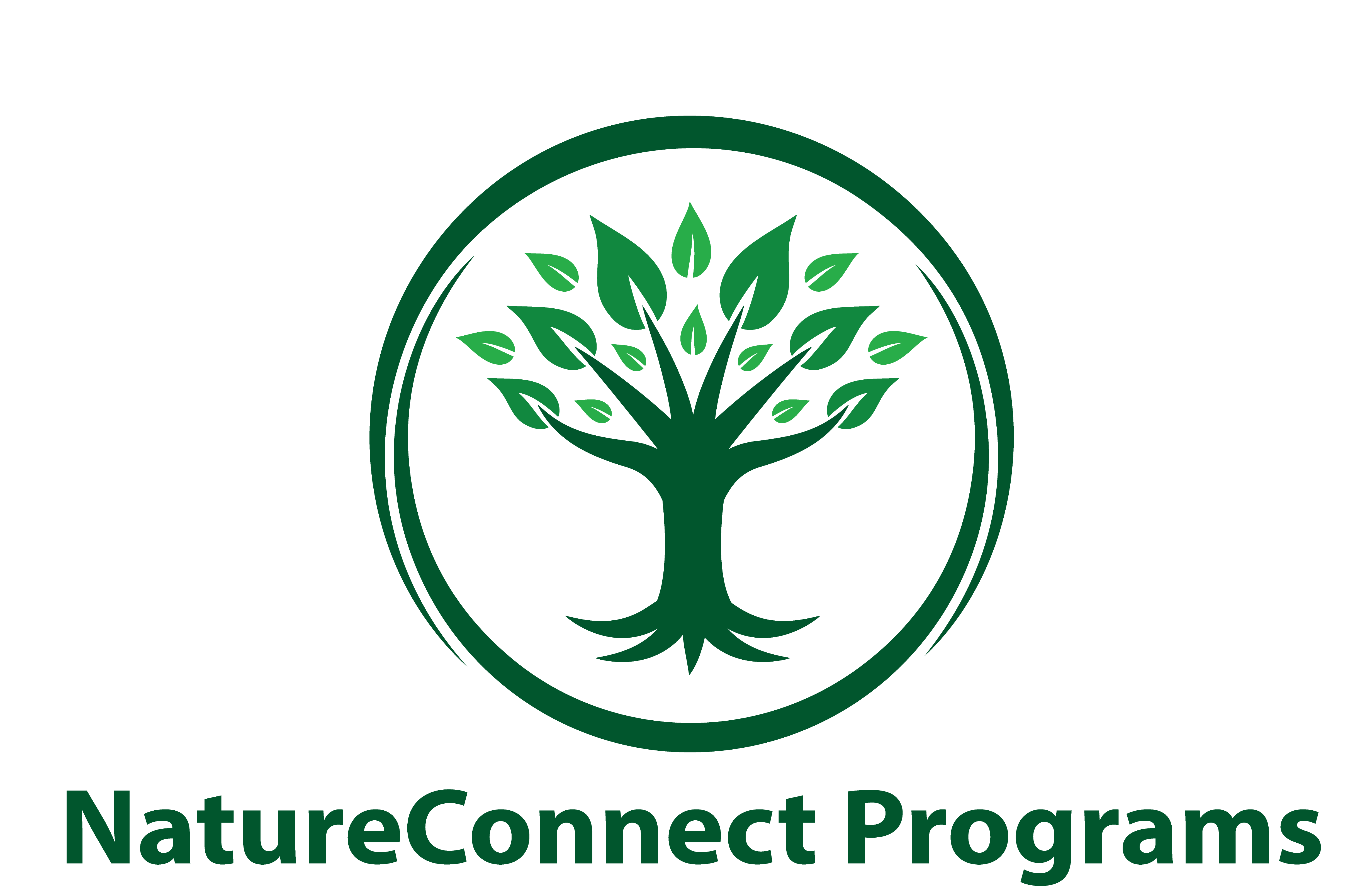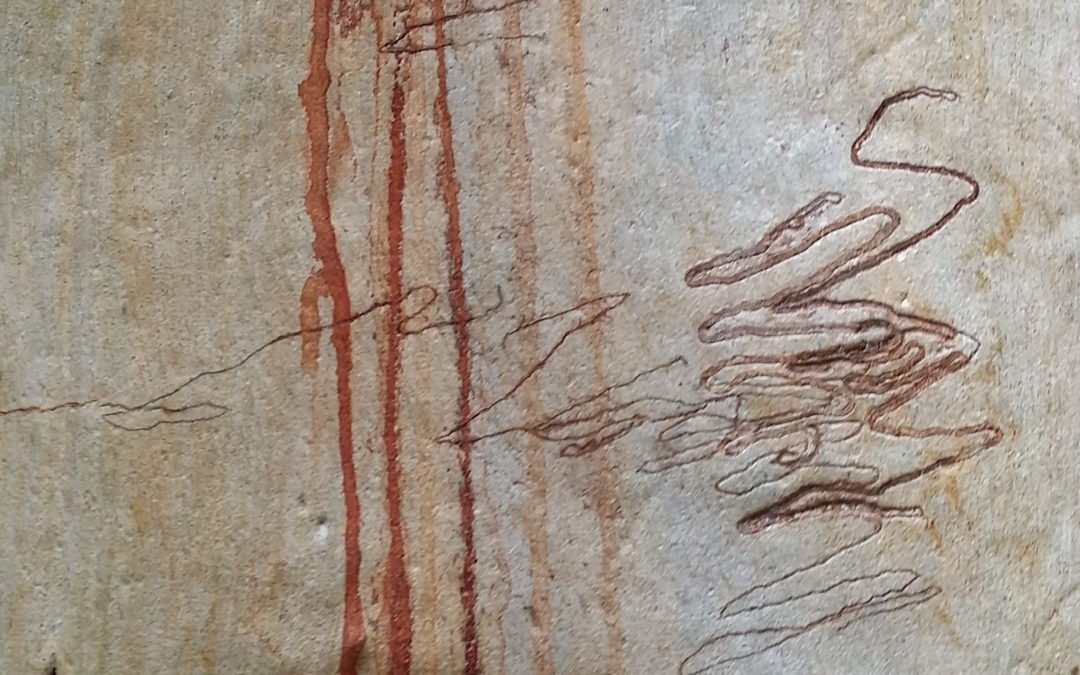When I do my own NatureConnect I tend to just walk slowly without much of a plan. I know that I have a suite of activities up my sleeve I can choose from when the right moment arises. Given the challenge of quietening my busy mind, often filled with anxieties, frustrations, anger and fantasy, I am just happy if I can silence my monkey mind within the first 20-30 minutes and become reasonably consistently mindful. Usually after this ‘achievement’ (which I warmly congratulate myself for 🙂 ) something of note, of deep meaning arises. Quite often it is a eucalypt tree, tall and majestic, gnarled and weathered, it matters not. During one of my walks in May, I rested my present centred attention on a bleeding Angophora tree and I recorded the following experience. Not exactly eloquent or new or inspiring but simply my little story about bleeding, meaning and love. Essentially its message revolves around relating to another being in a way that evokes gratitude and love, the ingredients for connection and oneness.
Here is the transcript from that autumn walk along my favourite bushwalk:
I am hugging an angophora tree on the Junction Falls track. It is wounded, a deep cut stretches across its trunk. It has spilled its crimson red kino* out and down its bark to heal its wound, a trail of dried crystaline flow. There is meaning within this self-protective act. This mature tree is aware, at some level, of its wound and its ability to heal itself and that it can respond in this directed, intelligent manner. Isn’t this a sentient act (perceive, then this response to maintain homeostasis)? *(kino, which has a dark red colour similar to blood, is an anti-microbial sap released by various trees including eucalypts and angophoras to avoid infection and heal surface openings)
I feel a meaning from observing the tree’s healing act. The meaning is a deep gratitude for this tree and its response to its wound. It is a being that responds and self-heals, like me. I can relate to it. I feel a sense of love for it in relating to its bleeding, to its intelligence. When I observe the cracked, dried kino tracking down its trunk to the soil, I feel deep appreciation in being here to observe this. I focus my attention on this blood-like expression of healing and reparation, this act of self-awareness in its capacity to heal itself.
But I am also aware of my body close to the tree, my hands lovingly resting on its bark, a touch so tender that penetrates beyond my fingers and palms of my hands. I feel quietened within my mindfulness of this sharing moment, of my engaged, grateful awareness within nature. Within this open, dispersive attention of subject and self I feel into this wounded tree. From this spacious presence where otherness morphs into oneness there flows this experience of love. This experience of relating, kino healing and love transforms me, it expands my horizons of self and rather than me hugging the tree, it feels as if the tree is embracing me into our shared oneness.

